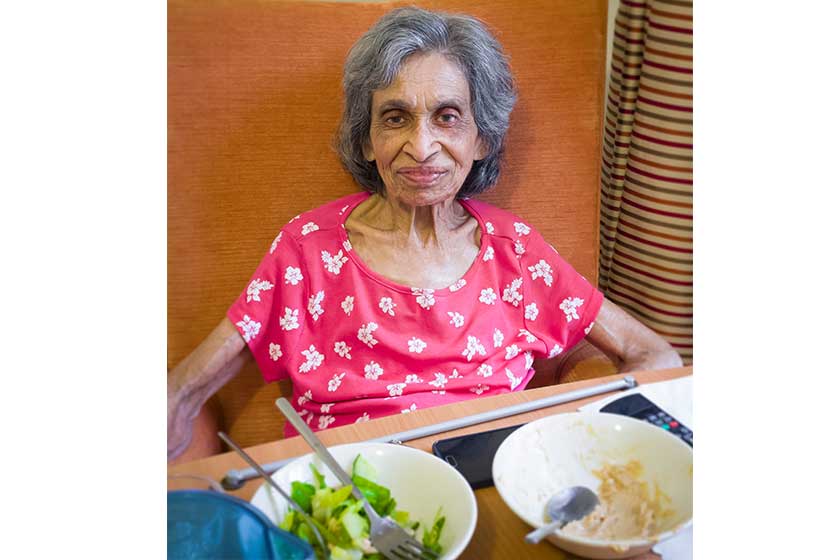Malnutrition might seem like a foreign concept, considering how readily available food is in the United States now. However, malnutrition does not only occur due to starvation or eating disorders, it can also mean that whatever you are eating is inadequate to meeting you or your loved one’s nutritional needs. Whether you are trying to improve your own diet or figuring out how to improve your care for your loved one, read on to find out more about how to identify and prevent malnutrition.
Factors Contributing to Malnutrition
There are many reasons why malnutrition can occur, and they rarely occur in isolation. Especially for seniors, the general decline in bodily functions due to age can cause a change in their senses as well as appetite. This means that as people grow older, it is normal to want to eat less and perhaps even enjoy the activity to a lesser degree as well.
Others might have additional medical concerns like diseases that may affect how the body absorbs nutrients, problems with their jaw or teeth that limits their consumption, or even dementia that can cause them to forget to eat. Aside from this, there are so many more factors like medication, income, depression, and even just not enjoying eating alone.
Problems as a Result of Malnutrition
Regardless of why someone is experiencing malnutrition, the health concerns and issues that arise are equally worrying. Not having a constant intake of nutritious meals can lead to a weaker immune system, lowered healing rate, and even general muscle and bone weakness. All these combined can lead to a higher risk of injury, hospitalization and even increased probability of death.
How to Prevent Malnutrition
Preventing malnutrition is a two-pronged approach. It is important to ensure that you and your loved ones are preparing and eating nutritious meals, and that your body condition is continuously monitored to ensure that any early signs of malnutrition are caught and addressed.
Improving nutrition first and foremost means to have meals that are balanced and comprise of all the essential food groups such as meat, wholegrains, vegetables, and fruits. However, it is rarely as simple as just putting a beautiful plate of food upon the table. A cohesive meal plan can also include supplements, a steady supply of healthy snacks, as well as a joint effort in making each meal taste better using preferred flavors.
In the process, it is important to monitor weight and eating habits as well. This is to ensure that the changes are actually creating benefits. It might sound counter intuitive, but it might actually be beneficial to encourage constant physical activity such as daily walks or even light stretching exercises. The increased movement may help to also stimulate overall appetite for food.
Healthy Meals at Rittenhouse Village At Muhlenberg
Here at Rittenhouse Village At Muhlenberg, we have a dedicated team of chefs and nutrition specialists as part of Sensations Dining, one of our exclusive senior living programs. Our restaurant-style dining does not just feature a beautiful and stylish dining room, but also a diverse range of delectable, chef-prepared meals that change every day. Offered as part of our senior living options, our team aims to provide the best of care, conveniently and without worry. To find out more, contact us today!







